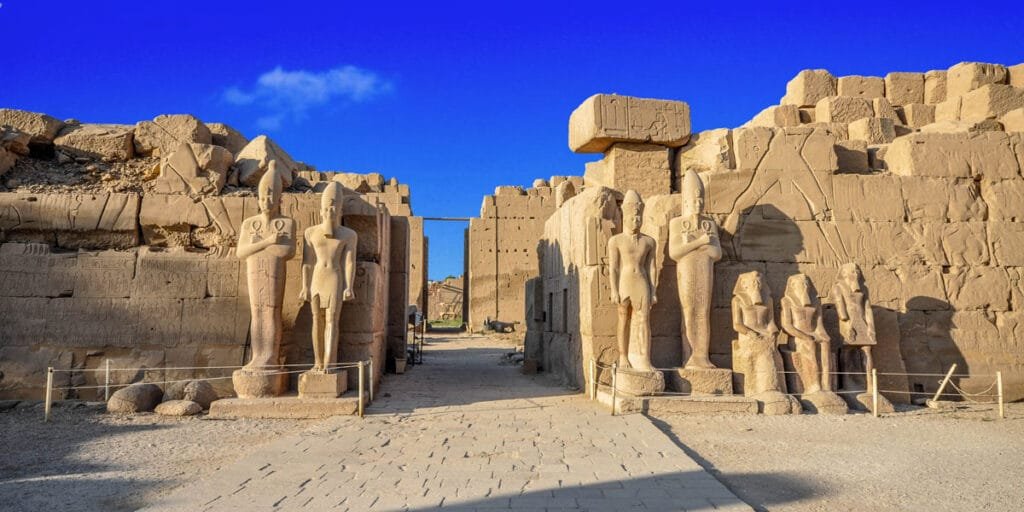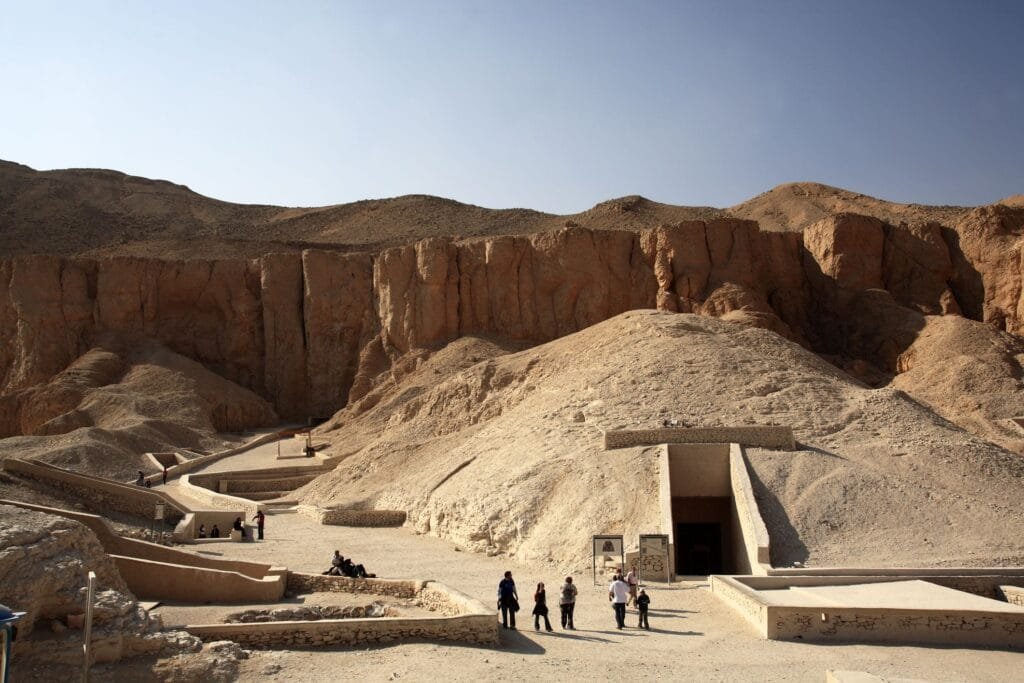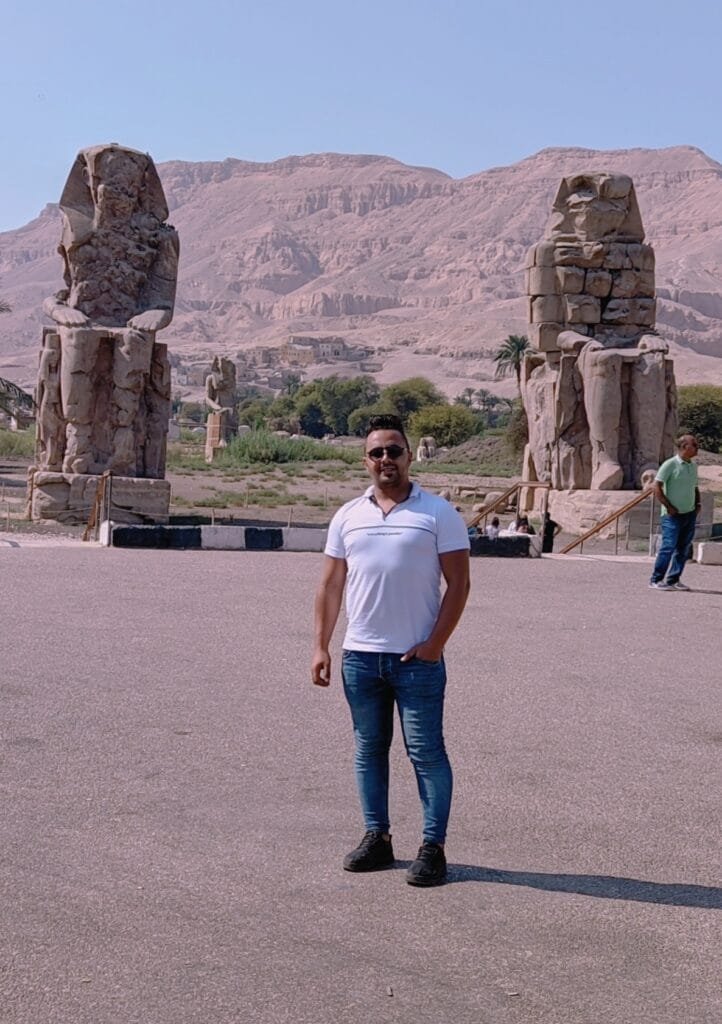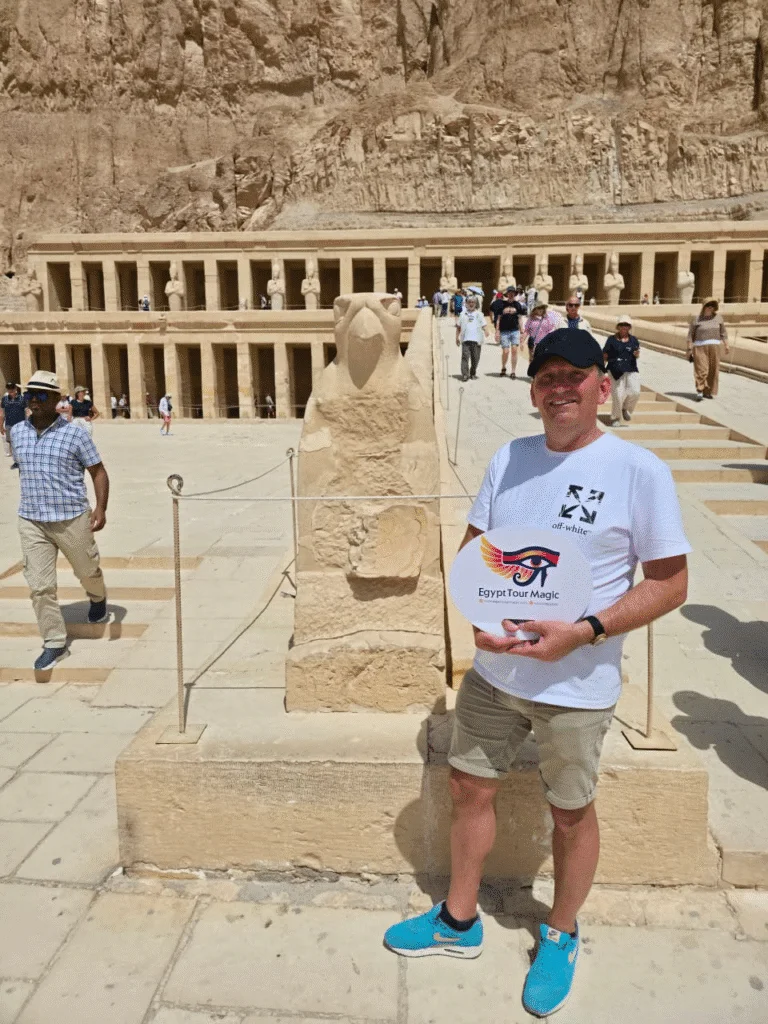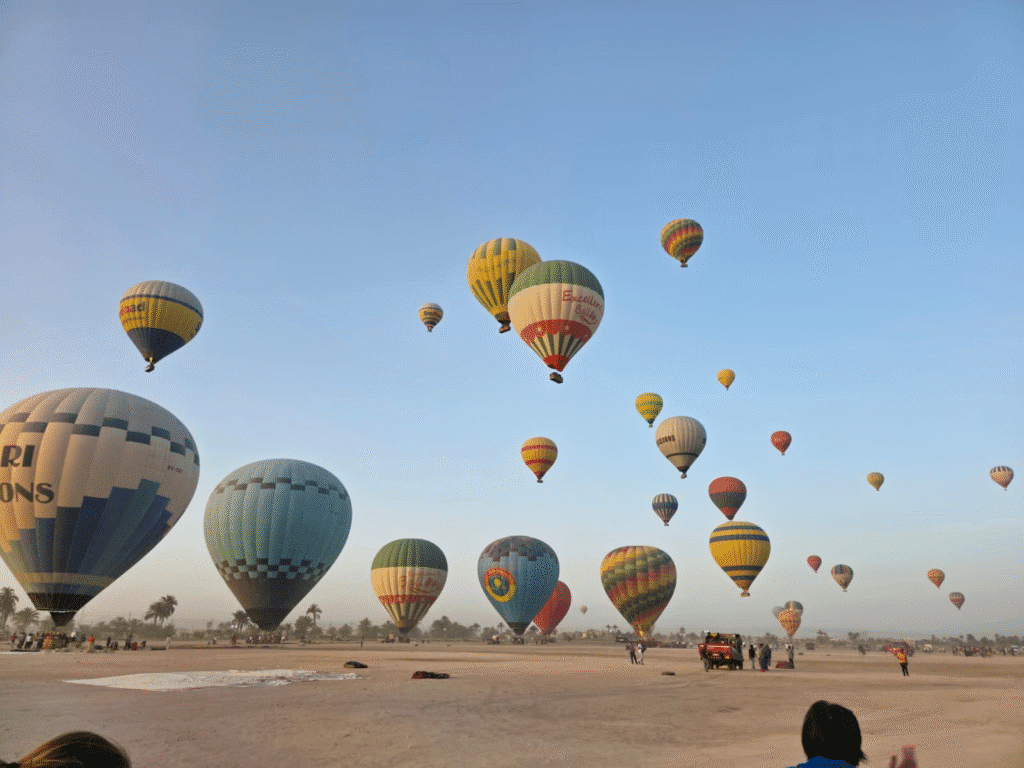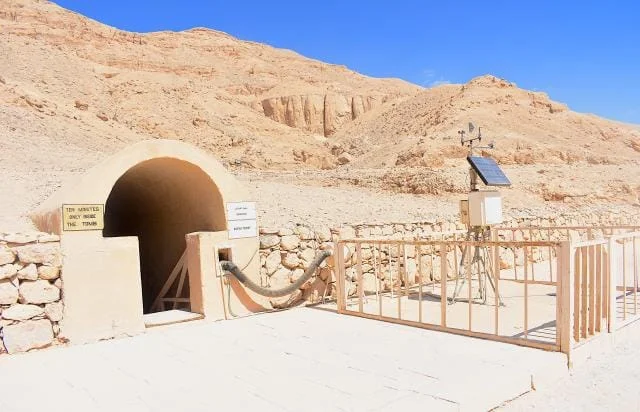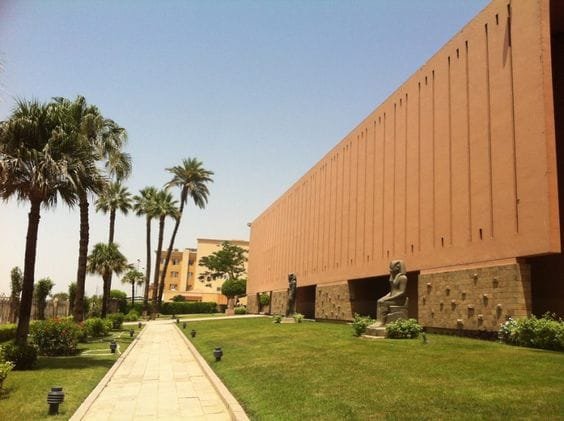Located along the majestic Nile River in southern Egypt, Luxor is often referred to as the world’s greatest open-air museum—and for good reason. Home to some of the most remarkable monuments of ancient Egypt, Luxor offers a unique blend of archaeological treasures, rich culture, and unforgettable experiences that continue to captivate travelers from around the world. Whether you’re a history enthusiast, a cultural explorer, or simply looking for a magical escape, Luxor delivers on every front.
Once known as Thebes, the glorious capital of ancient Egypt’s New Kingdom, Luxor boasts an extraordinary concentration of temples, tombs, and ruins on both its East and West Banks. From the grandeur of Karnak Temple and the elegance of Luxor Temple, to the sacred tombs in the Valley of the Kings and Queens, every site whispers stories of pharaohs, gods, and an ancient civilization that continues to inspire awe.
But Luxor isn’t only about ancient stones—it’s a living city where tradition, hospitality, and beauty come together. Glide along the Nile on a felucca, soar above temples in a hot air balloon, or simply sip tea while watching the sunset over the desert hills. Luxor offers a perfect mix of history, adventure, and relaxation.
In this guide, we’ll explore the top 9 things to do in Luxor, each carefully detailed to help you plan the ultimate trip to this timeless destination. Whether it’s your first visit or a return journey, Luxor promises an experience like no other.


